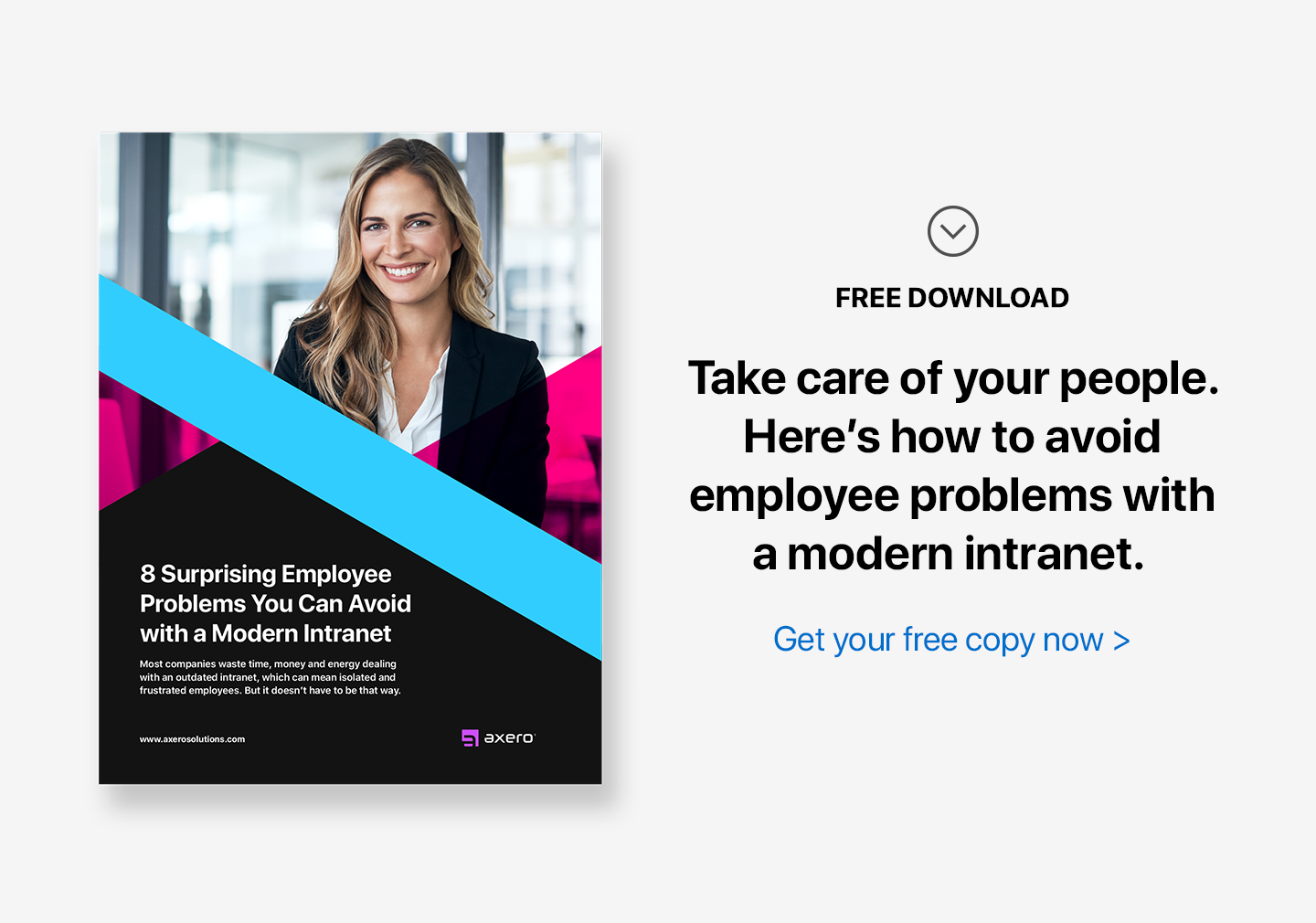Do CEOs care about culture?
Not enough—says Scott Johnson, Founder and CEO of Motivosity, an employee engagement software firm based in Orem, Utah. In December 2015, Motivosity randomly called 357 of America’s 5,000 fastest-growing private companies (published by Inc. magazine) and concluded that less than 2% of CEOs reviewed annual employee survey data more than once.
Not great news for a solution provider, like Motivosity. “The sad thing,” Johnson commented, “is that most CEOs don’t understand the importance of culture. If they did, they wouldn’t outsource it to HR.” (Silicon Slopes, UT (PRWEB) December 29, 2015)
Unfortunately, he has a point. A survey by CultureIQ revealed that “the most popular methods to actively manage company culture and drive employee engagement” are:
- Drafting employee engagement surveys (55%)
- Creating culture committees and events (29%)
- Offering employee resource groups (20%).
While these are all useful strategies, they are not likely to change a disgruntled employee’s mind. What is? CultureIQ answered this question in a 2017 report titled Building a High-Performance Culture: Key Lessons from Top Cultures. It says:
“In winning cultures, leadership is a key differentiator. Leaders are responsible for role-modeling the mission, values and positive behaviors within an organization. Employees at companies with winning cultures showed significantly high scores in survey statements related directly to leadership confidence, caring, and listening.
Overall, the picture is not so bright. In 2016, Execu-Search surveyed 1,000 candidates and hiring managers they worked with during the year. Almost half of these employees (42%) felt that executive leadership did not contribute to positive company culture. (Source: Execu-Search, 2017 Hiring Outlook: Strategies for engaging with today’s talent and improving the candidate experience.)
All by itself, HR cannot change the culture. Not for the better, anyway. Bigger companies rely on HR to work out the details, but it’s the management’s job to model and sell the behaviors they want to see in employees. Above all, it’s the management’s job to care.
The CultureIQ report goes on to explain the top three reasons people love their jobs. These factors have the strongest impact on employee net promoter scores. These are also the areas of employee engagement to which managers in the study paid the most attention. They are:
- Work Environment: A company with a great work environment has a safe workplace where people have the resources to be effective in their work.
- Support: In a company with great support, people provide each other with the resources and guidance they need to be successful, and are confident in company leadership.
- Mission and Value Alignment: In a company with mission and value alignment, people know, understand, and believe in the company’s mission and values.
These findings are based on polling 28,371 employees at 340 US companies of various sizes, industries, products, and services. The words in the report may have a different meaning to each individual employer and employee, as they do to you and your company. If they don’t mean anything to you at all, a real-life example may be in order…
Patagonia is one of the most culture-forward companies you’ll find. It makes clothing and gear for nature exploration, and it’s all about bonding with nature. I doubt you can get a job there unless you surf, ski, snowboard, climb, kayak, fly-fish, or, preferably, all the above. During high tide, employees at the headquarters in Ventura, CA are encouraged to cut work to go surfing. You must also have a passion for preserving the environment, believe that it’s in danger, and understand the environmental hazards in your area.
It owes its unswerving focus to one man—the founder-owner Yvon Chouinard. He started Patagonia and its predecessor company, Chouinard Equipment, to support his climbing habit. As the business grew, it came into increasing conflict with Chouinard’s convictions:
“…For years I was tormented by the realization that my own company, dependent on the consumer economy, was responsible for some of this overabundance of goods. Although I’d tried in the past to limit this runaway growth, I’d always failed. So now I was faced with the prospect of owning a billion-dollar company, with thousands of employees making “outdoorlike” clothing for posers. I needed to do some soul searching so I could reconnect to my original philosophy of simplicity and quality.” (Yvon Chouinard, “The Next 100 Years,” Patagonia, Inc., 1995)
The worst part was that Patagonia itself became an environmental hazard:
“…Eventually, they went so far as to openly discourage their customers from buying their products, as in the notorious 2011 advertising campaign that read “Don’t Buy This Jacket.” It went on, ‘The environmental cost of everything we make is astonishing.’ Manufacturing and shipping just one of the jackets in question required a hundred and thirty-five liters of water and generated nearly twenty pounds of carbon dioxide. ‘Don’t buy what you don’t need.’ (Some people at Patagonia had been considering declaring Black Friday a ‘no-buy day,’ to make their point about consumption.)” (Patagonia’s Philosopher-King: How Yvon Chouinard turned his eco-conscious, anti-corporate ideals into the credo of a successful clothing company by Nick Paumgarten, The New Yorker, September 19, 2016)
Chouinard saw his choice as either giving up—shutting down the company and getting out of manufacturing—or making the best company and product he could make. He opted for the latter because he believed other companies and consumers needed a positive example to follow. He summarized his vision in a document he called “The Next 100 years.” The name came from the ancient tradition of planning for several generations ahead.
This long view pitted Chouinard against the entire modern consumer culture where everything from products to companies is disposable:
“When you get away from the idea that a company is a product to be sold to the highest bidder in the shortest amount of time, all future decisions of the company are affected…. A company that intends to be around for a long time must live within its resources, care for its people, and do everything it can to satisfy its community of customers. Moreover, no business can be done on a dead planet. A company that is taking the long view must accept that it has an obligation to minimize its impact on the natural environment.”
He admits it’s not a battle he can win:
“‘Sustainable manufacturing’ is an oxymoron. It’s nearly impossible to manufacture something without using more material and energy than results in the final product.”
Staying true to his principles fills his day with impossible choices:
“What good does it do to make an organically grown T-shirt if the price is so high that no one buys it except rich people who just add it to their ongoing disposable clothes collections? Should we add a bit of synthetic fiber in a cotton fabric if it makes a pair of pants last twice as long? Which is better to use, toxic chemical dyes or natural dyes that are less colorfast and fade?”
Patagonia’s commitment to the environment goes beyond “green-washing.” The company is earnestly searching for a path to sustainability:
“As we reassessed our operation, we realized that all of Patagonia’s facilities should be involved in recycling and composting and have edible landscaping, low-energy-use power, and insulation. We should use recycled paper everywhere, even in our catalogs, encourage ride sharing, eliminate paper cups, and so forth. Could we go further? Absolutely. In Denmark it’s illegal to sell non-refillable pens. So should we eliminate all packaging? We would have to get away from buying cotton from Egypt, shipping it to Japan to be made into fabric, then to Jamaica to be sewn, then to California to be warehoused, and then to stores in New York. We needed to move toward local economies.”
Patagonia is doing its best to clean up after itself. It will find a solution where one exists. It also pays a self-imposed “Earth tax:” to make up for problems it cannot solve on its own:
“Even after our best efforts, we will still be polluters. So we take at least 1 percent of our total sales and use it to protect and restore our natural environment.”
Far from throwing money at the problem, Patagonia gets involved in hundreds of local and global initiatives and pays employees to do environmental work. But in the end, it still looks like a drop of small wins in a sea of gigantic losses. One of Chouinard’s closest friends describes him as “one of the most pessimistic people I’ve ever known—and yet one of the most fun people to do things with.”
And that’s another reason why CEOs might choose to “outsource culture” to HR. Culture is all about being clear, consistent, and true to yourself. In the beginning, it helps you to recruit followers and beat the competition. In the end, it inevitably puts you at odds with the larger world, and your two options are to sell out or to fight for a lost cause. If you’re a public company, there’s no choice: you’ve already sold out. At least according to Chouinard:
“Going public would be the death of this company. It’s impossible to be a public company and be responsible.”
CultureIQ elegantly sums it up in its report:
“As companies increase in size, their culture scores decrease. Large companies face unique culture challenges because of their size and complexity. Small organizations tend to have stronger cultures but face the challenge of staying consistent and true to their values as they grow.”
Still want to fix your company culture?
Then start at the top. Eliminate ambiguity and inconsistency in your leadership. (You might find this post about poor leadership helpful.) Get to know your employees, stay in touch with them and show them that you care. Find the right technology and get HR to help. Patagonia uses a daily survey to record employees’ mood as they leave for the day.
Set inspirational goals, but look for incremental improvements. Whenever you can, make yourself a “gift” to your employees, customers, and communities. Here, again, is Yvon Chouinard
“We plan to be a long-lived company, and as such we try to be good neighbors. We try to make our facilities and retail stores architectural “gifts” to the neighborhood. Whenever possible we restore older buildings rather than build new ones …”
________
If you’d like to build a winning culture, you might like my book, because it helps you stay clear, consistent, and true to yourself.












 info@axerosolutions.com
info@axerosolutions.com 1-855-AXERO-55
1-855-AXERO-55


